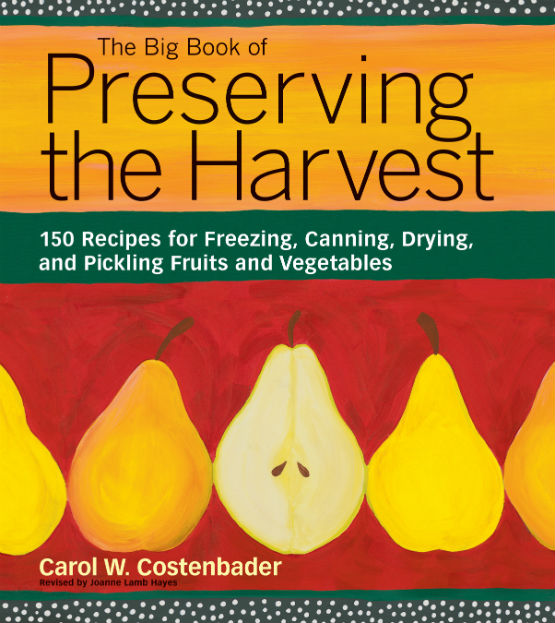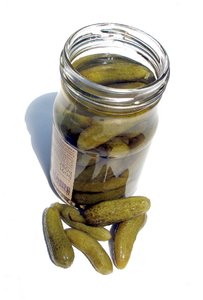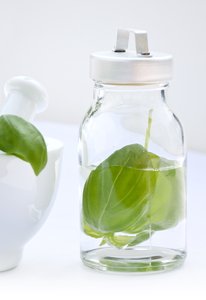Chaya and I try in every blog post to make the case for producing, preparing and preserving your own food surplus. To that end, at Pantry Paratus we have four core competencies: canning (pressure and water bath), dehydrating, water purification and baking bread. Carol Costenbader in this awesome book The Big Book of Preserving the Harvest covers the first two as well as anybody I have ever read.

“Nothing compares to the satisfaction of growing your own fruits and vegetables, but looking at pantry shelves stocked with preserved produce, ready for the cold season ahead, certainly comes close” (Costenbader, 1997).
<To get 15% off of the book between now and 5/31/2012, use code: HARVEST>
The book is put out by one of our favorite publishers, Storey out of Pownal, Vermont. They have been collecting volumes and volumes of practical wisdom in print form for decades. All the recipes and charts, tips and time saving tricks, equivalence tables and pictures that anyone could follow, this book is like having Sharon Peterson right there in your kitchen 24/7.
I was not even ten pages into the book before I had filled up a sheet of paper with notes. Everything from how-to’s to the history of the particular preservation method in that chapter—this book is a must have. Here is a summary of the chapters:
- Ingredients
- Canning
- Freezing
- Jams & Jellies
- Pickles, Relishes and Chutneys
- Vinegars and Seasoning
- Cold Storage (Root Cellaring)
- and more helps . . .

I was not even through page two and I had these two quotes written down:
One of my fondest memories of childhood is playing in my grandmother’s pantry—the smell of the onion bin; the way the air stayed cool, even in the hot summertime . . . . There were endless rows of pickles—watermelon rind, green tomato, bread and butter—stacks of colorful jam jars, and rows of mixed vegetables. Granny must have felt rich. In those times preserving was a necessary economy (Costenbader, 1997).
Today’s families often turn to food preservation as an inexpensive and time-saving way to have chemical-free food that captures the abundance and flavors of summer. Because I have preserved much of the harvest of seasons past, I can serve almost any condiment, relish, chutney, or fancy pickle from my own pantry—and for far less than the cost at expensive specialty food stores (Costenbader, 1997).

I wanted to capture a few of the great bits of advice that are neatly set into the wide margins:
- Start out early in the day
- Process small batches
- Have everything laid out ahead of time *achhemmm*
- Wash and chop herbs. Put them in ice cube trays and cover with boiling water. Freeze them and use them in sauces or teas—brilliant!
I think that Carol Costenbader could have made the title, Pantry Paratus’ Thoughts and Methods on Food Preservation. It would appear that I am in good company on my assessment on this book. Anyone from the novice who is not sure which end of the canning jar does what to the do-it-yourselfer who wants to attempt to build your own electric dehydrator (detailed instructions in the back of the book), this book is on my top five books to have on the pantry shelf.
Click here to find the title in our store, coupon is above in the blog.
Wilson
Pro Deo et Patria
New to preserving and storing your garden goodies? Check out Excalibur Dehydrators.
Photo Credits:
Cover art by Storey Publishing
Pickles by mgyP6qG
Herb in the jar by mXcG2eu
Works Cited:
Costenbader, C. (1997). The big book of preserving the harvest. (p. 4). Pownal: Storey.
Ibid p. 1
Ibid p. 2
